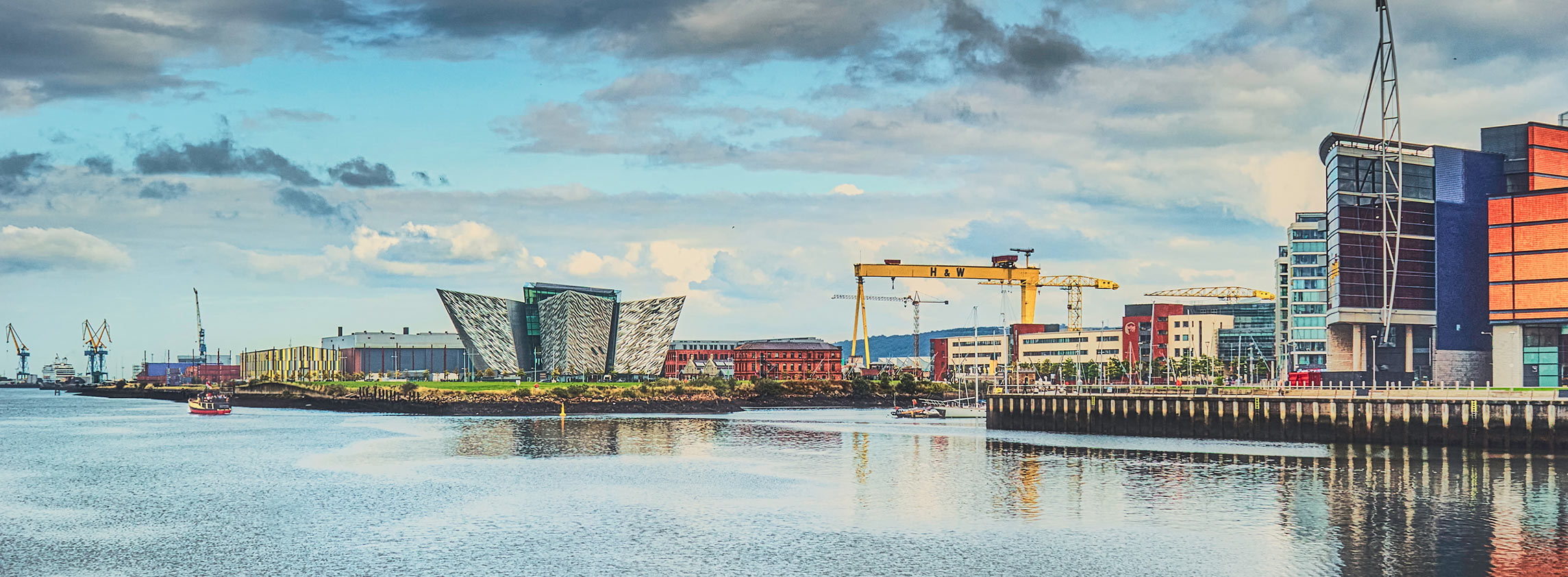Industrial was the sector of choice in July, with industrial distribution and industrial multi-lets both moving in by 25 bps
There was a small increase in the UK average prime yield in July, and it now stands at 5.23%. Although this is its highest level since September 2013, the increase from last month was minimal.
Industrial was the sector of choice in July, with industrial distribution and industrial multi-lets both moving in by 25 bps. We also expect West End offices to see yield hardening going forward. However, we are still seeing upward trend arrows on seven subsectors, including Leisure Parks, Retail Warehousing and Shopping Centres (see below).
Investment volumes remain subdued in July – a trend that has been clearly documented over the last few months. Property Data recorded just 64 deals in July, compared to the monthly average of 195.
There is a wide range of core and value add investors looking at the regional office markets, but currently very few sellers. Whilst there are different pricing pressures depending on the risk profile, we are expecting more stock to be marketed in Q4. The ‘big six’ cities contributed only 19% to overall volumes compared to the long-term average of 37% in the first half of the year, which underpins our view of regional prime office yields remaining at 5% this month. However, on a positive, the widening yield gap between London and the regions should fuel interest from investors who are seeking value.
A tight supply within regional cities continues to impact rents
With Covid-19 fuelling much talk about future levels of demand for offices, Savills have analysed average rents and vacancy rates across the ‘big-six’ regional office markets. It found that since the global financial crash supply has fallen by 45%, resulting in upward rental growth for the best space.
The analysis highlights that average Grade A rents haven’t fallen across the ‘big six’ markets since 2007, when the vacancy rate has been below 13%. The current vacancy rate for the 'big six' is 7.5% and the lowest on record.
Currently, there is a total available office supply of 11.3 sq ft million in the UK regional office markets, reflecting a 17% decrease since the end of 2019. However, of that, just over 3 million sq ft is Grade A, reflecting a 4% decrease since the end of 2019. When this is compared to average annual take-up levels, this reflects only enough supply to meet the demand for 11 months of take-up, reflecting a severe under supply of Grade A office space.
In some markets, the situation is more severe than others. Birmingham, Bristol, Glasgow and Leeds all have less than six months Grade A supply which will provide opportunities for selective new development and refurbishment.
The strong occupational market fundamentals are also highlighted by the rental growth forecasts recently published by RealFor. ‘Rest of the UK Office’ property segment of the MSCI property index is forecast to have the strongest rental growth at an average 1.3% per annum for the next five years. This is the highest figure when compared to all other segments of the index.
The reopening of all non-essential retail provided the most pronounced uptick in weekly footfall since the start of the lockdown period, with Springboard reporting a 40.3% week-on-week increase across all UK retail destinations on average in the week to 20 June.
High streets and shopping centres experienced a more marked improvement to weekly footfall following the reopening of hospitality from 4 July. Coupled with the reduction of the two-metre distancing rule, this provided a second boost to footfall.
Despite considerable weekly growth, high street destinations remain -40.2% below 2019 levels with shopping centres slightly ahead at -38.9% in the week to 8 August. Retail parks seem to be leading the charge (despite still being around -15.5% down) as it is much easier to visit by car and social distance once there.
